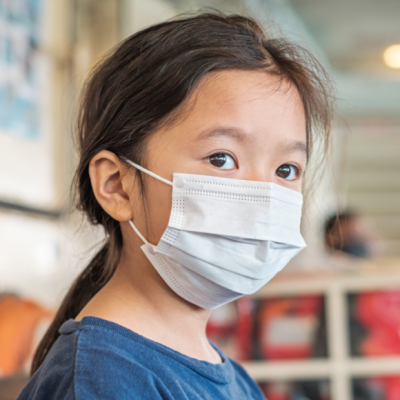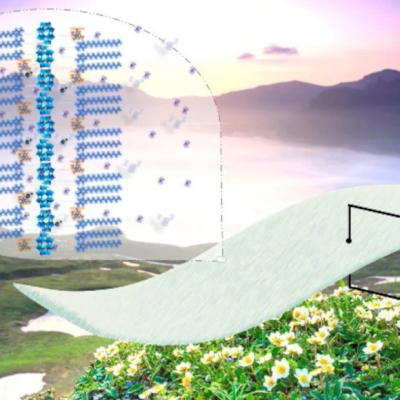A new study conducted by Abhishek Saha and his team at the University of California San Diego has found that higher humidity levels can improve the effectiveness of masks in preventing the spread of COVID-19. The study, published in the journal Physical Reviews Fluids, disproves the theory that the filtering ability of masks decreases when they become moist. In fact, the researchers found that a moist mask is more effective in preventing large droplets from breaking into smaller ones that could penetrate the mask. This is important because smaller droplets can lead to the creation of infectious aerosols.
The study focused on the interaction between aerosols and droplets with different types of mask materials. The researchers discovered that droplets need to move faster to penetrate a mask with more water in its fabric. However, higher humidity levels also increase breathing resistance and can render the mask unusable after a certain period of time. The team examined the impact of droplets with a diameter of one to two millimeters on three types of masks, including a medical mask that repels water and two fabric masks that attract water. The study found that all three types of masks were more effective in preventing the spread of secondary droplets at higher humidity levels.
The researchers also found that the different materials used in the masks contributed to their effectiveness in different ways. For example, water-attracting masks absorb water and reduce the size of pores, making it more difficult for droplets to penetrate. On the other hand, water-repelling masks have fine water droplets on their fibers that slow down the impact of larger droplets, making it more difficult for them to penetrate the mask. Overall, the study provides important insights into the effectiveness of masks in preventing the spread of COVID-19 and highlights the importance of maintaining proper humidity levels to maximize their effectiveness.










